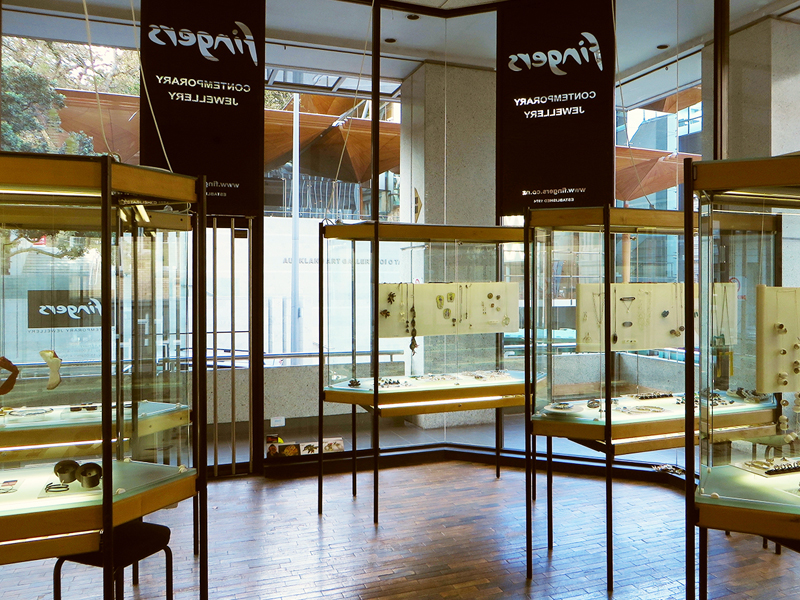
Fingers is more than just a gallery. With 40+ years of history, it’s a reflection of the extensive progress of art jewelry, but also a reflection of social and political changes in New Zealand. Today we speak with Pauline Bern and Alan Preston, two members of the cooperative, about its being an artist-run gallery, about trends and the future of art jewelry, and about their much-anticipated annual group show.
Jessica Hughes: A book celebrating 40 years of Fingers and the community of makers that supports it was published in 2014.[1] It gives a sense of the gallery’s rich exhibition history, of a certain joyful, ad-hoc organization that channeled the quirkiness and diversity of the NZ jewelry scene. In her review of the book, Liesbeth den Besten describes the early Fingers as a “cooperative without written rules.” Did that description apply then, and does it still apply now?
Alan Preston: Yes, that is correct. We were then known as a common partnership, and that is the case now.
Artist-run galleries are unusual in the field of contemporary jewelry, despite the field’s grass-root origins. Can you tell us about the thrills and challenges of such a model, and about your personal investment in it?
Alan Preston: It is challenging as a model as there is not one gallery owner with a vision. This means that things can move rather slowly, particularly in the early days when we were more concerned with making our own work than running a gallery. At that time, we did work there for a day a week each, so we had a good idea of what happened with customers. However, unlike in a gallery run by a single owner, we saw a random selection of the people buying work. In the early days it was thrilling to see the mass of people waiting for each new show to open and get first choice.
I am not involved as a shopboy now, but do have contact with the shopwomen who run the gallery, and occasionally I do serve if someone is unable to be there.
Pauline Bern: I am shopwoman one day a week and am astounded that it can still function on this casual basis and with such a fluid management style.
Alan Preston: Thrills. In the early days we were thrilled to have visiting artists come to Fingers. Manhattan Transfer, Joan Armatrading, The Pointer Sisters, David Bowie, and Norah Jones, amongst others. Our then prime minister Jenny Shipley sent her children in to buy a brooch of mine for Chelsea Clinton when she was here with her father, and even asked us to open late for Madeleine Albright when she came for Apec one year.
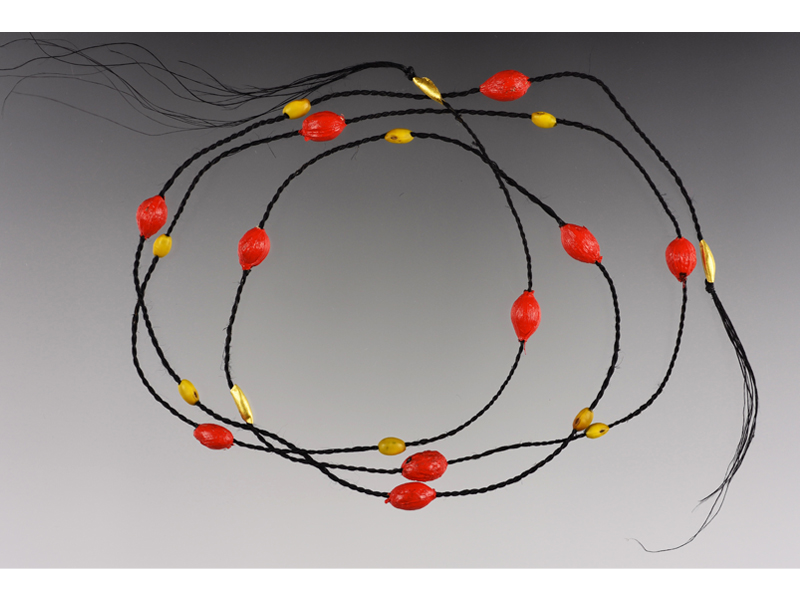
Can you tell our readers how your collective outlook has had to adapt to the departure of early members, the arrival of new ones, and new demands made on NZ galleries as the local jewelry market went global?
Alan Preston: When members departed in the early days, there was always somebody exhibiting with us who wanted to take their place, and then some returned for a time.
As to demands on the gallery: We have had to select from the recent new makers and not take all, as there are now more good makers in New Zealand than we can accommodate, which is both good and bad for the jewelry community here.
The Internet has expanded our market globally.
Pauline Bern: The bulk of our trade is still local and now intergenerational, thanks to our loyal clientele over the last 44 years.
Throughout your rich history of 40+ years, many of the works you have shown contained bone, shell, and stone. Often it was used as a signal of identity, differentiating the New Zealand jewelers from Europeans. On occasion, it touched political or social issues (in regards to the NZ government ending its moratorium on the export of paua shell). Now, as New Zealand’s art jewelry identity is more recognized and the concept of value appealed to, what are the cultural loads and significance that materials bring to the table? Have you seen any new transformations and interpretations of these materials recently? A return to silver? An endorsement of other materials that stand for place?
Pauline Bern: We still have makers using those materials. There is a ready market for their work, but a different approach, particularly in stone, is evident in the work of makers such as Joe Sheehan and Craig McIntosh. The new graduates use a great range of nonprecious materials, and “place” is not often referred to these days, as the newer generation sees the entire world as their marketplace. However, Maori artist Matthew McIntyre-Wilson weaves traditional patterns in copper, silver, and gold, and Areta Wilkinson references early Maori artifacts in cast silver and gold.
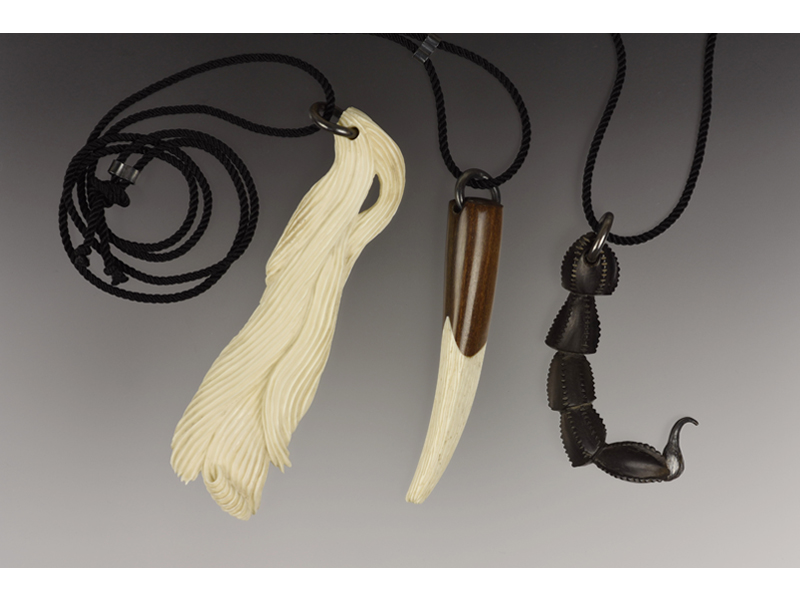
As we know, art (and life for that matter) is cyclical. Yours is a gallery that has been on the art scene for over 40 years. Are there any themes or ideas that keep resurfacing time after time?
Alan Preston: Sometimes themes resurface. We had a Pacific-oriented show last year, and a stone show. When you look at the Fingers website, you will see that there are a lot of shows by individuals. They usually have their own themes.
With such a wide range of work and artists, can you tell us a little bit about the process of putting this eagerly awaited group show together?
Pauline Bern: This group show is one where we invite all our artists to do what they will with no theme. It is one of the times of the year when the whole gallery is devoted to a single exhibition. The punters always look forward to this change, which partly has to do with getting new work for the coming Christmas period.
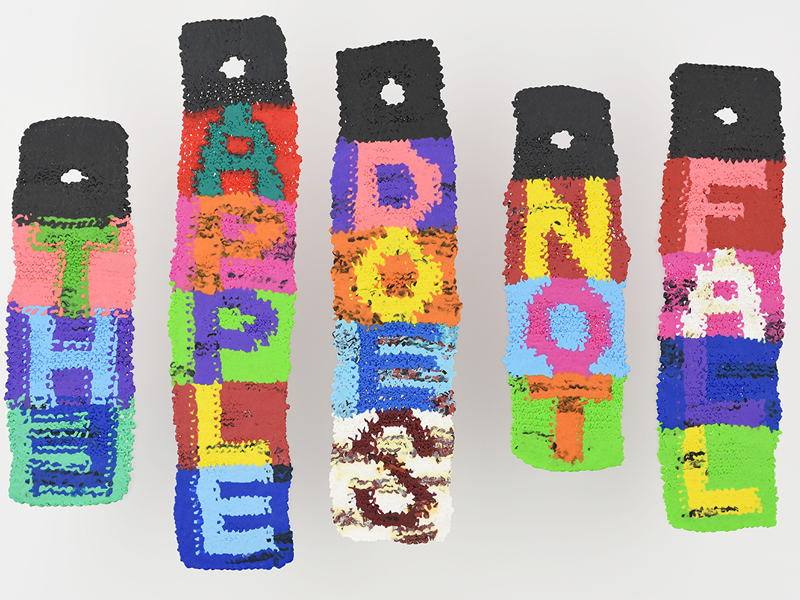
What do you hope people will take away from this group show? Are there certain pieces you’d like to highlight?
Alan Preston: The images we sent you did have a sort of agenda. There are the people who have been selected for Schmuck: Renee Bevan, Warwick Freeman, Lisa Walker, Jane Dodd, Manon van Kouswijk, Shelley Norton, Karl Fritsch, Flora Sekanova. The old guard: Alan Preston, Roy Mason, and Pauline Bern. Graduates from jewelry courses: Jo Campbell and Rachel Bell. Recent graduates Vanessa Arthur and Mandy Flood. Macarena Bernal, who was accepted for the show at Gallerie Marzee this year.

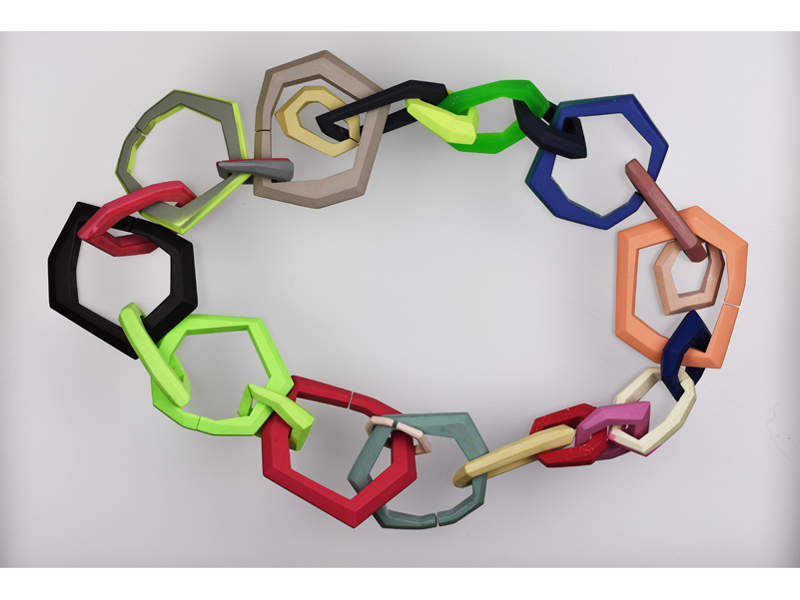
Are you collectors yourselves? What are some of your favorite pieces from your personal collections?
Alan Preston: I do not collect very seriously. I do have a favorite ring by Pauline Bern, and some good student work. Today I am wearing a favorite brooch, YOU ARE (T)HERE, conceived by none other than AJF’s Benjamin Lignel with illustrator Artus de Lavilléon.
Pauline Bern: I am wearing a large woven pendant by Gillian Deery, and I often wear Areta Wilkinson’s Speech Bubble or a porcelain necklace by Manon van Kouswijk. At home I have a collection of past student work.
What are some things we can look forward to seeing at Fingers in the new year?
Alan Preston: Our annual show of recently graduated student work is always eagerly anticipated, as is the annual group show. I hope we can show the five New Zealanders who were accepted for Schmuck next year, as we already represent four of them.
Have you read or seen anything of interest lately?
Alan Preston: Yes, the book on Tanya Ashken, an early jeweler and sculptor, edited by her son, Cameron Drawbridge.[2]
I liked the book on Otto Künzli’s show in Japan last year, too.
The gallery’s prices range from US$100 to US$5,000.
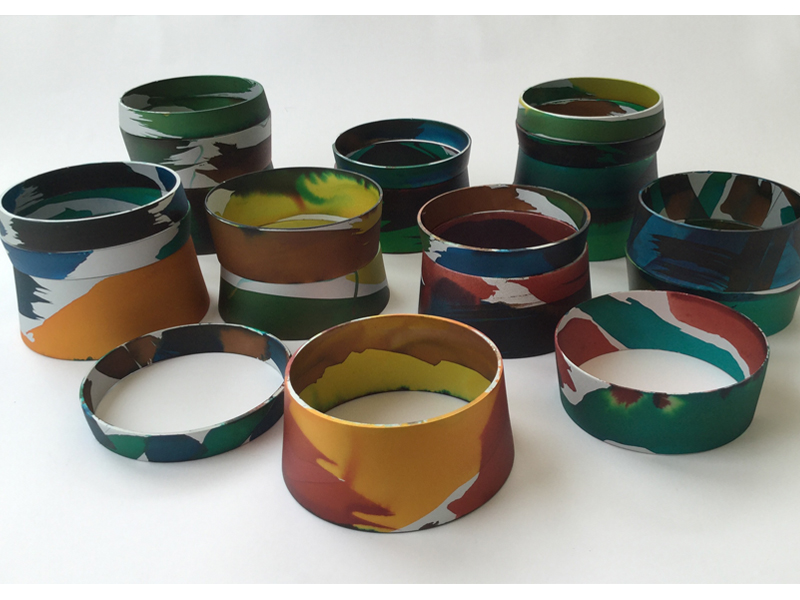
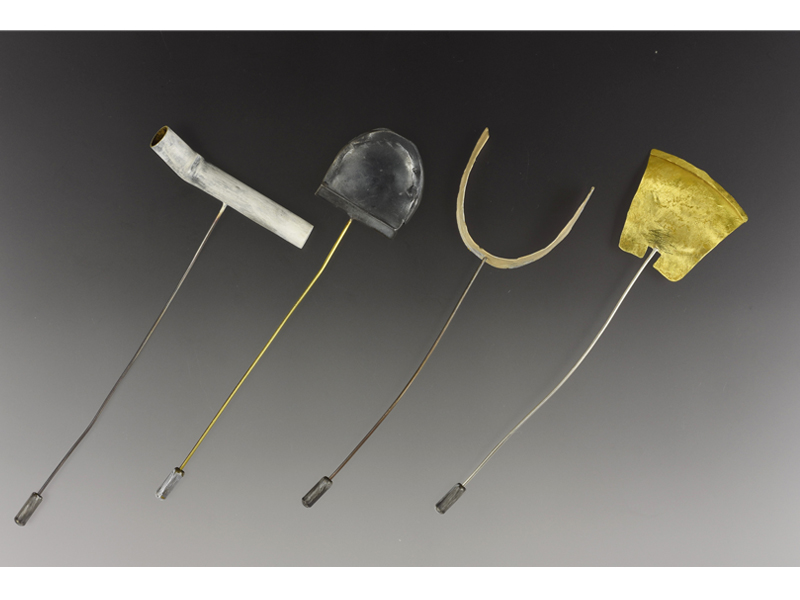
INDEX IMAGE: (left) Alan Preston, Necklace, Muka, Kowhai seeds, Nikau seeds, paint, 24-karat gold, 1,200 x 7 mm, photo: Michael Couper; (right) Pauline Bern, Seed Necklace, 2016, fine silver, citrine, gold-plated cable, 300 x 15 x 0.8 mm discs, photo: Michael Couper




